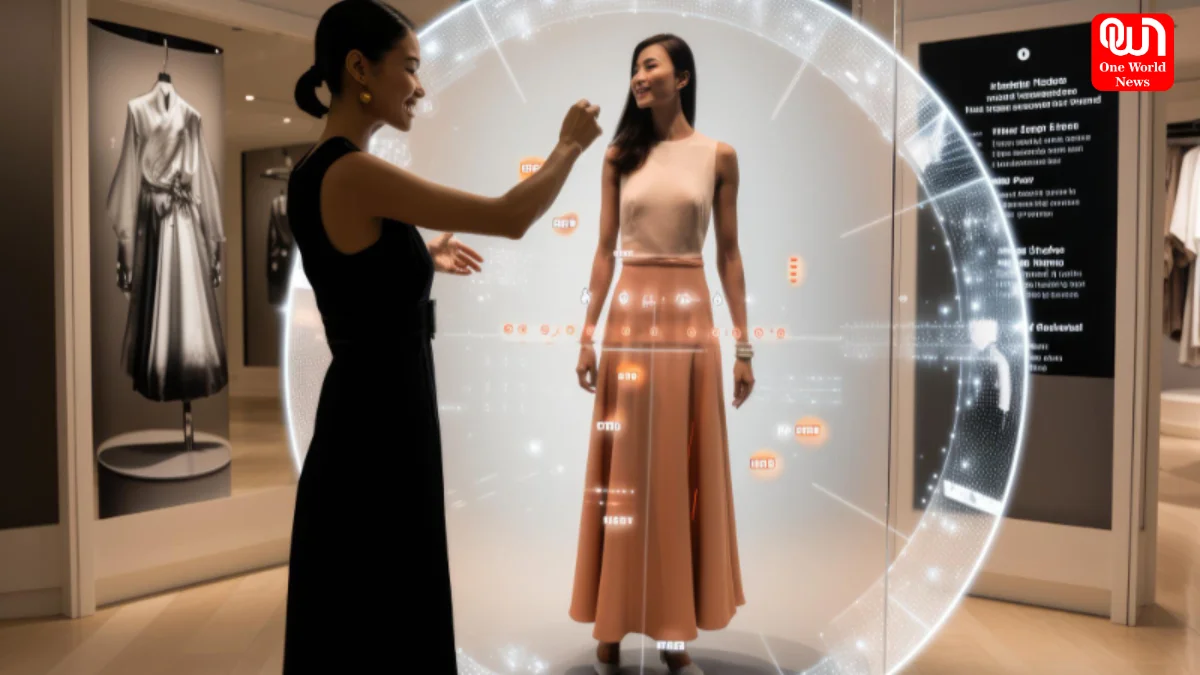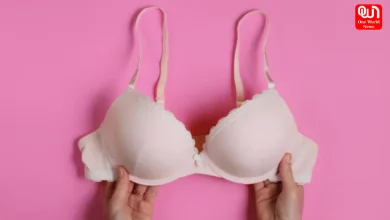AI in Fashion: Personalized Styling Revolution Transforming the Industry
Discover how AI in Fashion is reshaping style with smart styling apps, virtual try-on technology, and AI outfit recommendations for a personalized experience.
AI in Fashion: How Personalized Styling, Virtual Try-On Technology, and AI Outfit Recommendations Are Driving the Future of the Fashion Industry
Artificial intelligence in fashion is revolutionizing the way people shop, design, and experience clothing. With the rise of smart styling apps, virtual try-on technology, and AI outfit recommendations, consumers can now enjoy highly personalized fashion experiences. The integration of AI in fashion is not just a trend—it is a transformative movement shaping the future of the fashion industry.
Read more: World Cities Day 2025: Promoting Sustainable, Smart, and Inclusive Urban Development
Understanding AI in Fashion
What is Artificial Intelligence in Fashion
Artificial intelligence in fashion refers to the use of advanced algorithms and machine learning to enhance design, retail, and styling processes. AI analyzes data from consumer preferences, social media trends, and purchase behavior to offer tailored recommendations and streamline fashion production.
Role of Fashion Tech Innovation
Fashion tech innovation is at the heart of AI integration, allowing brands to create interactive experiences for customers. From predictive trend analysis to automated inventory management, these innovations enable designers and retailers to respond faster to market demands while offering more personalized services.
Personalized Styling with Smart Apps
Smart Styling Apps and Their Impact
Smart styling apps leverage AI algorithms to provide users with outfit suggestions based on body type, style preferences, and occasion. By analyzing individual data, these apps allow consumers to create customized looks effortlessly, enhancing their shopping experience and boosting confidence.
AI Outfit Recommendations
AI outfit recommendations use a combination of user preferences, past purchases, and current fashion trends to suggest cohesive ensembles. This technology ensures that every recommendation aligns with the user’s style, reducing decision fatigue and increasing satisfaction in online shopping.
Virtual Try-On Technology
How Virtual Try-On Works
Virtual try-on technology allows consumers to see how clothing will look on their bodies without physically trying them on. Using augmented reality and AI-driven body mapping, users can experiment with different styles, colors, and sizes, making the shopping experience more interactive and convenient.
Benefits for Consumers and Retailers
Virtual try-on technology not only enhances the consumer experience but also reduces return rates and increases engagement for retailers. It allows brands to provide a futuristic, immersive shopping environment while gaining insights into consumer behavior for better inventory management and design decisions.
Data-Driven Fashion Design
Leveraging Data for Creativity
Data-driven fashion design uses AI to analyze trends, customer feedback, and sales patterns to inform creative decisions. Designers can identify popular styles, colors, and fabrics, enabling them to create collections that resonate with target audiences while minimizing production risks.
AI in Production and Supply Chain
AI integration extends to production and supply chain management, helping fashion brands forecast demand, optimize resources, and reduce waste. This data-driven approach ensures efficiency and sustainability, marking a significant shift in how the future of the fashion industry operates.
Transforming the Future of Fashion Industry
Personalized Experiences for Every Consumer
AI in fashion is transforming retail by offering highly personalized experiences. From AI outfit recommendations to virtual try-on technology, consumers enjoy tailored shopping journeys that enhance engagement and brand loyalty.
Ethical and Sustainable Implications
With AI in fashion, brands can make more sustainable decisions by analyzing demand patterns and reducing overproduction. This approach aligns with the growing consumer demand for eco-conscious and responsible fashion practices, paving the way for a smarter, more ethical industry.
The Evolution of Fashion Careers
The rise of AI in fashion also impacts career opportunities. Roles in data analysis, AI development, and fashion tech innovation are becoming integral to the industry, requiring professionals to combine creativity with technological expertise.
read more: Halloween 2025: Spooky Celebrations, Costumes, and Party Ideas for Everyone on 31 October
Conclusion
AI in fashion represents a new era where personalization, technology, and data converge to redefine how we design, shop, and experience clothing. Smart styling apps, virtual try-on technology, and AI outfit recommendations make fashion more accessible and enjoyable for consumers, while data-driven fashion design ensures brands stay ahead in a competitive market. The future of fashion industry lies in embracing these innovations to create a sustainable, efficient, and highly personalized fashion ecosystem. Artificial intelligence in fashion is not just enhancing style—it is revolutionizing it.
We’re now on WhatsApp. Click to join.
Like this post?
Register at One World News to never miss out on videos, celeb interviews, and best reads.








